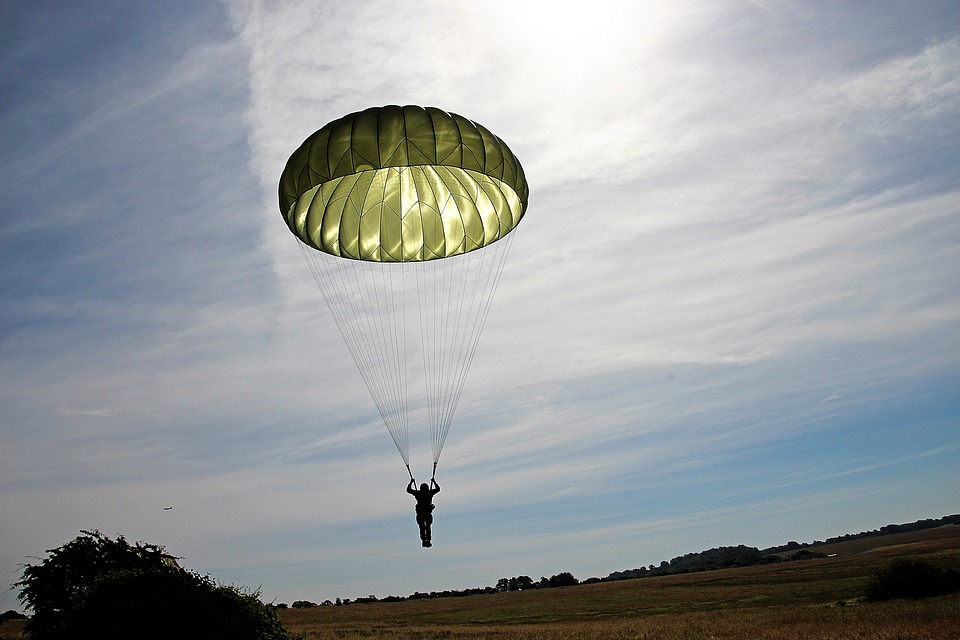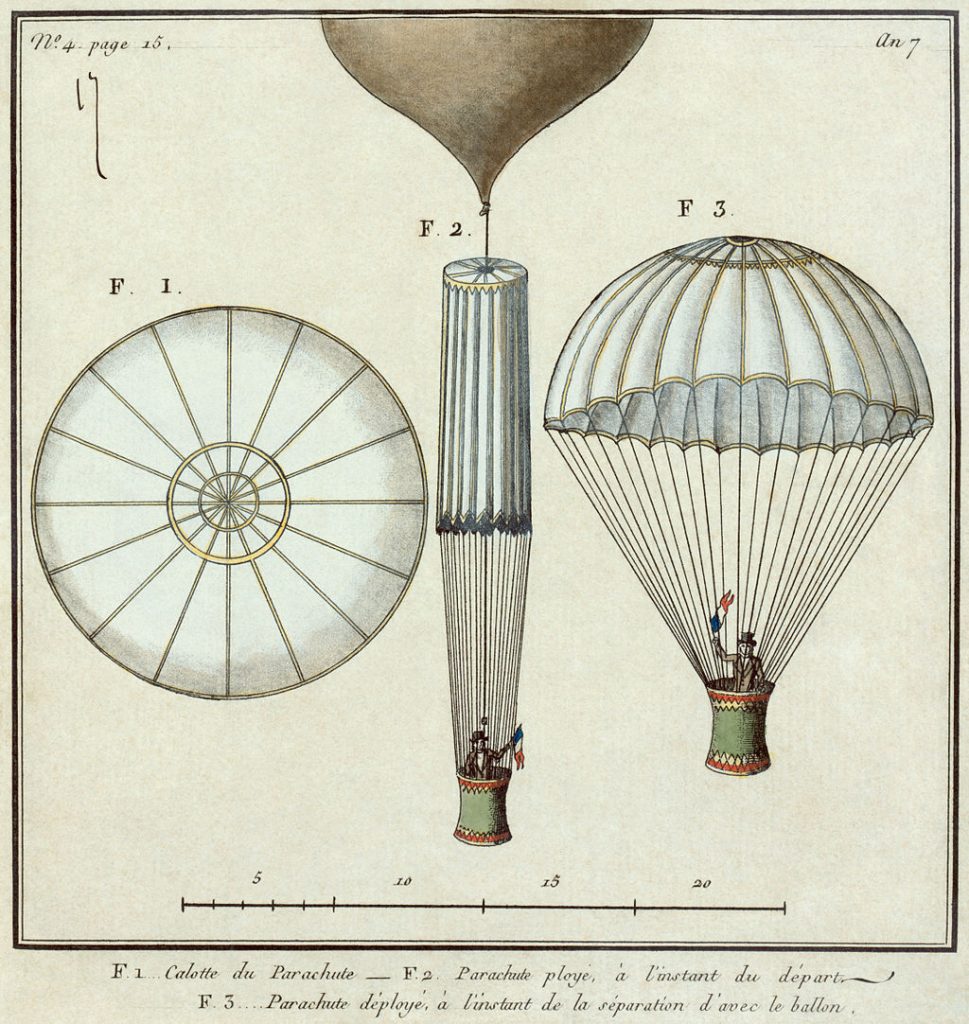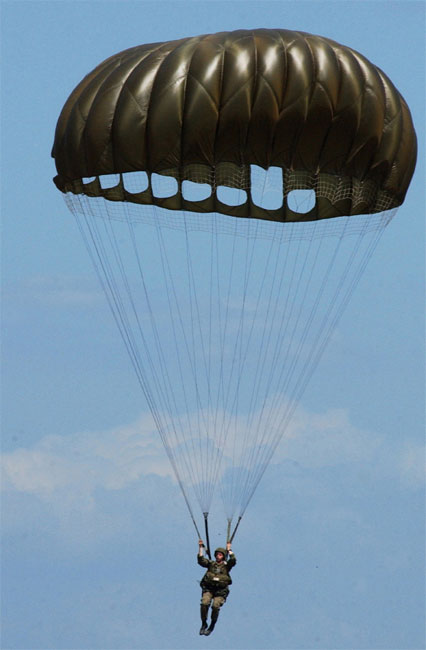Absence of Evidence – Study on the Effectiveness of Parachutes

Absence of evidence is not evidence of absence – parachute study.
Following is how a review of the research evidence might be interpreted for the purported safety of using a parachute if you are a skydiver. The “reasonable” conclusion from this study might be stated as follows:
“There is no conclusive evidence that parachutes are effective at helping skydivers”
Ridiculous you say? Well, this conclusion is entirely accurate. Yet it is entirely absurd at the same time.
Absence of Evidence
 There is an old saying: “Absence of Evidence is NOT Evidence of the Absence.”
There is an old saying: “Absence of Evidence is NOT Evidence of the Absence.”
Just because there is no proof that something is true, that does not in any way mean that there is proof that it is not true either. The absence of evidence is not evidence of the absence. Yet, studies are often conducted and the authors’ conclusion is often this type of statement, citing an absence of evidence. The problem is that for someone who is simply reading the one-page abstract of a research article, reading an “absence of evidence” conclusion could consciously or subconsciously affect their thoughts and opinions. and in the world of manual and movement therapy (or any health field), this could affect the way that health care is delivered, which could in turn affect the health of our population…
Did you know that Digital COMT (Digital Clinical Orthopedic Manual Therapy), Dr. Joe Muscolino’s video streaming subscription service for manual and movement therapists, has an entire folder of video lessons on pathomechanics of common musculoskeletal conditions? Digital COMT adds seven new video lessons each and every week. And nothing ever goes away! Click here for more information.
Review Study
 So, please read through the following review study of the available evidence regarding the effectiveness of parachutes and make your own decision on how we should critically think through research studies that we encounter.
So, please read through the following review study of the available evidence regarding the effectiveness of parachutes and make your own decision on how we should critically think through research studies that we encounter.
Objectives: To determine whether parachutes are effective in preventing major trauma related to gravitational challenge.
Design: Systematic review of randomised controlled trials.
Data sources: Medline, Web of Science, Embase, and the Cochrane Library databases; appropriate internet sites and citation lists.
Study selection: Studies showing the effects of using a parachute during free fall.
Main outcome measure: Death or major trauma, defined as an injury severity score > 15.
Results: We were unable to identify any randomized controlled trials of parachute intervention.
Conclusions: As with many interventions intended to prevent ill health, the effectiveness of parachutes has not been subjected to rigorous evaluation by using randomized controlled trials. Advocates of evidence based medicine have criticized the adoption of interventions evaluated by using only observational data. We think that everyone might benefit if the most radical protagonists of evidence based medicine organized and participated in a double blind, randomized, placebo controlled, crossover trial of the parachute.
Comment by Dr. Joe Muscolino
Research is wonderful, but critical thinking to creatively apply our skills is much more important. Armed with a strong understanding of foundational anatomy and physiology (kinesiology), along with physical mechanics and neural mechanics, we are empowered to critically think and creatively apply our hands-on assessment and treatment tool skillsets and be excellent clinical orthopedic manual therapists!
This blog post article was created in collaboration with www.terrarosa.com.au
(Click here for a blog post article that relates to this concept of absence of evidence: Does Carry a Backpack Cause Back Pain in Adolescents?)
Did you know that Digital COMT (Digital Clinical Orthopedic Manual Therapy), Dr. Joe Muscolino’s video streaming subscription service for manual and movement therapists, has an entire folder of video lessons on pathomechanics of common musculoskeletal conditions? Digital COMT adds seven new video lessons each and every week. And nothing ever goes away! Click here for more information.

